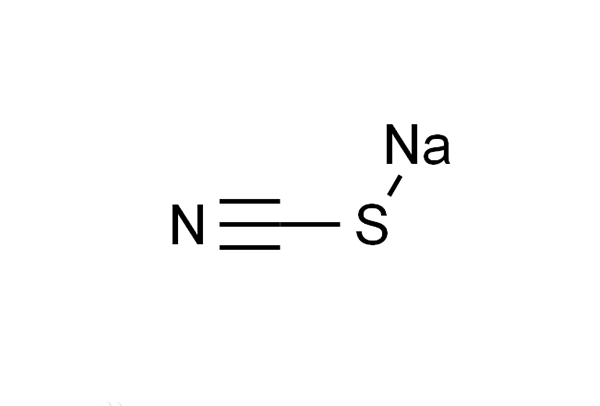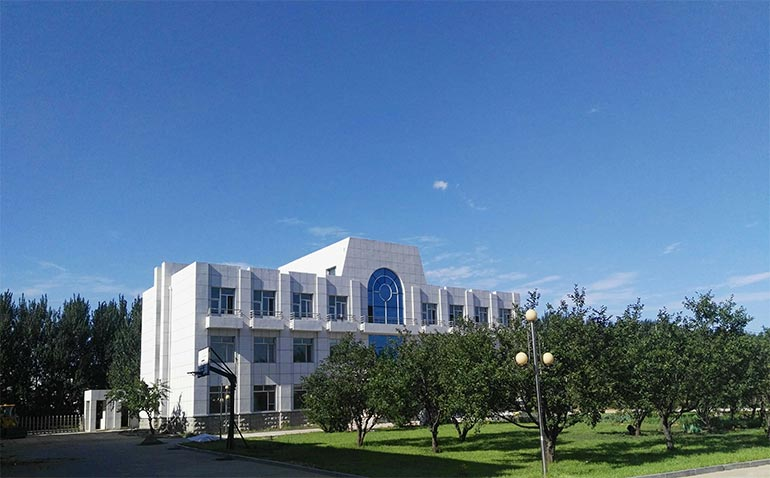Sodium thiocyanate CAS No.: 540-72-7
Application areas: Mainly used as concrete additives, solvents for spinning acrylic fibers, chemical analysis reagents, color film processing agents, defoliants for certain plants, and herbicides for airport roads. It is also used in pharmaceuticals, printing and dyeing, rubber processing, black nickel plating, and the manufacture of artificial mustard oil.
Product specifications: 99%, 98%, 96%, 50%, and other indicators.
Main packaging: 25 kg plastic woven bags, 500 kg or 1000 kg plastic woven bags, 1000 liter packaging barrels, etc.
Applications:
Used as chemical analysis reagents, polyacrylonitrile fiber spinning solvents, color film processing agents, some plant defoliants, etc.
In organic synthesis, it is used to convert halogenated hydrocarbons into corresponding thiocyanates. For example, isopropyl bromide reacts with sodium thiocyanate in hot ethanol solution to obtain isopropyl thiocyanate. Similar reagents include ammonium thiocyanate and potassium thiocyanate.
Sodium thiocyanate is converted into isothiocyanic acid (S=C=NH) when it encounters acid. After it is generated in situ, it can react with amines to form corresponding thiourea derivatives.
Used as polyacrylonitrile fiber spinning solvents, chemical analysis reagents, color film processing agents, some plant defoliants, and airport road herbicides. It is also used in pharmaceuticals, printing and dyeing, rubber processing, black nickel plating and the manufacture of artificial mustard oil.






